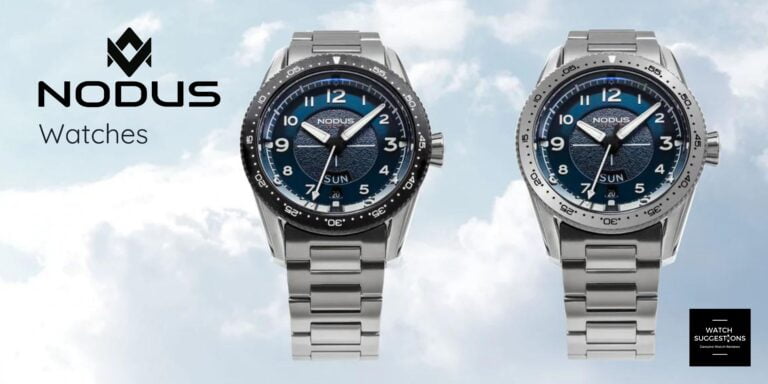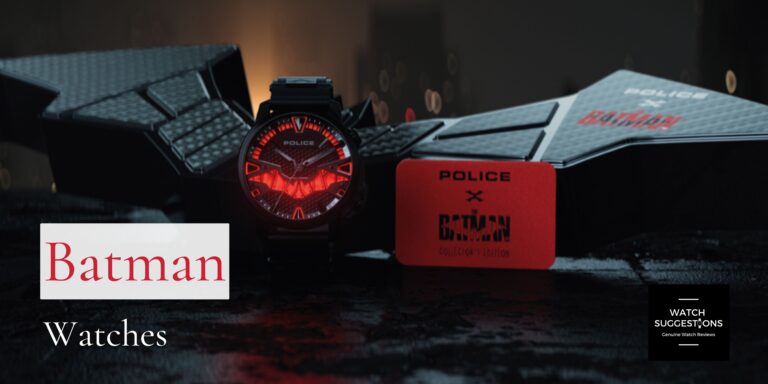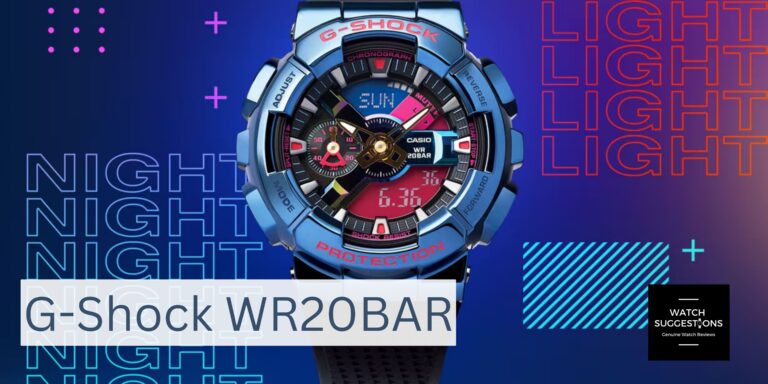Patek Philippe Aquanaut 2025: Why This Watch Still Shocks Collectors
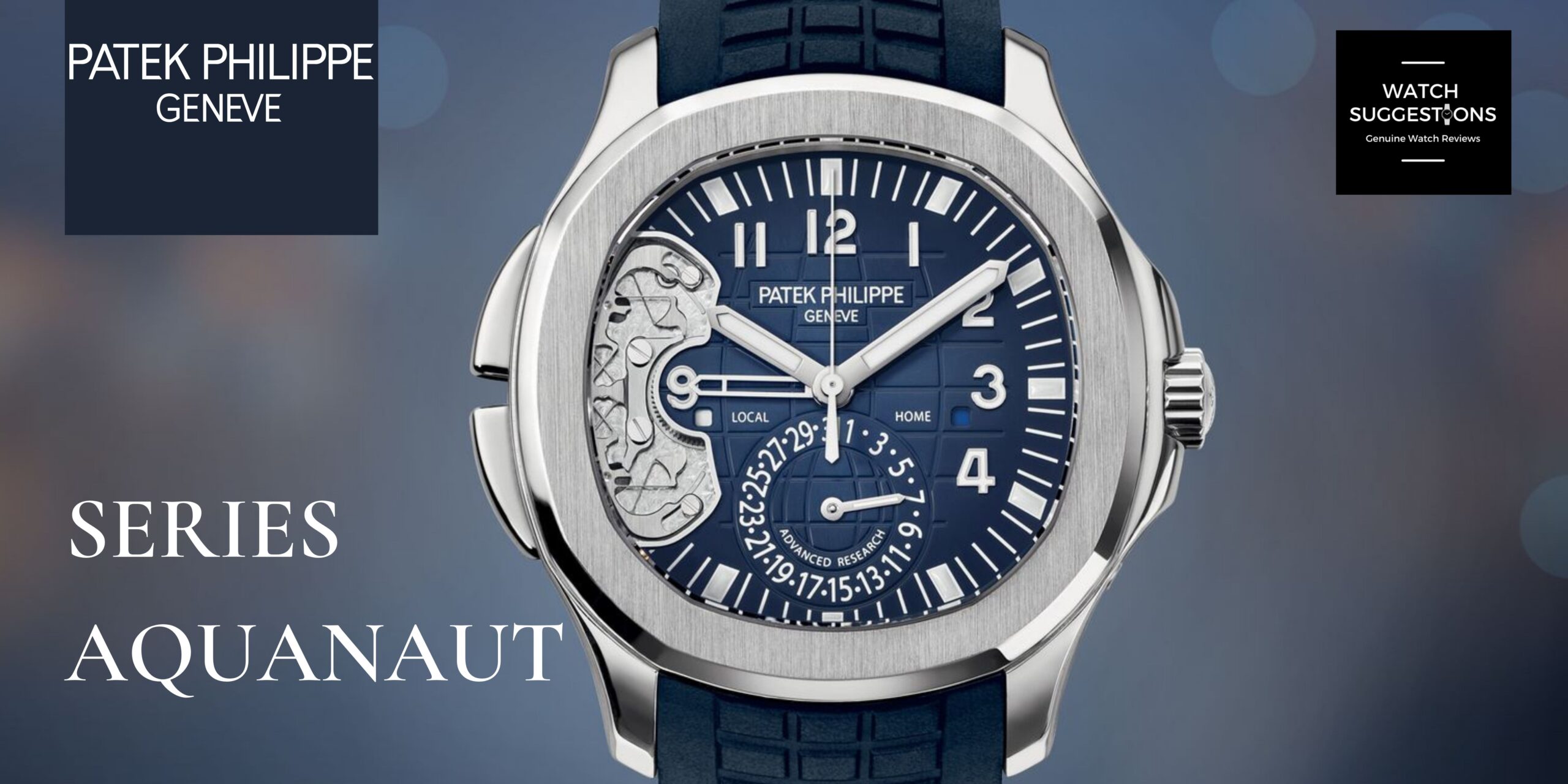
Many people believe that the Aquanaut represents Patek Philippe. It shows the more active and dynamic side of the brand. Its unusual rubber strap and often vibrant colour scheme.
These embrace sportiness more than any other watch from the brand. Patek Philippe would not use military green or bright orange anywhere else.
But the Aquanaut has only recently begun to get valued on its own. After spending much of its life shadowing its older brother, the Nautilus.
Gérald Genta was the first to deviate from this trend. He is very famous for his classic, restrained designs and traditional materials. But, he created a sports watch that broke the mould.
The in-house Patek Philippe team took another two decades. To create their own sports watch which was the Aquanaut.
The Aquanaut was the first modern sports watch that was designed by the brand. Despite taking inspiration from the shape of a porthole.
Patek Philippe designed it to appeal to a new, younger audience of collectors. They did so in the final decade of the 20th century by providing rubber over leather and steel over gold.
History of Aquanaut

The Aquanaut watch is fascinating and has many mysteries. It draws inspiration from an intriguing time in watchmaking history. It is not modern and not rare.
The watch combines traditional tritium lume with more contemporary production methods. The brand is always trying out new designs, colours, and complications. All these are only based on its existing offerings.
The Aquanaut has evolved into much more. then a younger, overlooked sibling of the Nautilus.
Patek Philippe was very surprised. The moment he found out that the public was ready for sportier designs from heritage brands. When they were considering creating a new watch.
The problem was the main athletic offering from Patek Philippe. as it was different from their creation. Gérald Genta had designed it, and his influence was clear.
Nick Foulkes tells the origin story of the Aquanaut in Volume 4 of the Patek Philippe Magazine. The brand’s CEO, Thierry Stern, discusses the origins of their second sports watch.
They aimed to design something suitable for action, rather than evening receptions.
They had to design it with a military theme as we were going to give it to the top officers in the army.
The identity of the client and the nation they served remains a mystery. Adding to the intrigue of the Aquanaut’s origins.
Most people think that the first Aquanaut was the reference 5060A, It was released in 1997. The watch has an elastic lash, a steel opening case, and a checkered dial. These are all major elements of the Aquanaut plan.
But, the Aquanaut’s backstory has a few complications. The initial Aquanauts were not sold as such. Instead, they were part of the Nautilus collection.
This makes sense because of Patek Philippe. As they wanted to include the Aquanaut in an already-existing line of sports watches. The design was intentionally taken from other designs.
There is a gradual transition between the Nautilus and the ideal Aquanaut. Patek Philippe introduced the reference 5060S in 1996. Which was one year before the reference 5060A.
The 5060S shares some characteristics with the Aquanaut, including the redesigned porthole case. But its precious metal case, smooth dial, Roman numerals, and leather strap make it stand out.
The 5060S is Patek Philippe’s first attempt at reinterpreting. The Nautilus design without an integrated bracelet.
It is listed alongside a Nautilus 3800 with the same dial, hands, and date disc in vintage catalogues. This lineage is obvious.
The fact that it was first offered with a leather strap instead of a rubber strap. It might show that Patek Philippe wanted to make a more formal Nautilus.
The 5060S was only made of precious metals. Like rose or yellow gold, which supports this assertion.
A few gatherers refer to the 5060S as the “Pre-Aquanaut”. It is something in the middle between a Nautilus and an Aquanaut. Let’s take look at it
The Ref. 5060A
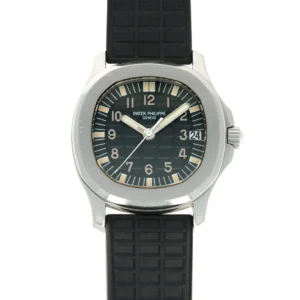
It is believed by some to have been poorly received as a more formal Nautilus. In 1997, Patek Philippe presented a new version of the reference 5060.
It was in steel with a rubber strap and checkerboard dial, known as the 5060A.
This steel variation is considered by some to be the beginning of the Aquanaut.
The 5060S continued to be made and eventually became the 5060J. It’s in yellow gold, but only alligator straps and slate dials were produced for these models.
We do not believe they own distinctive characteristics. It’s necessary to be considered Aquanauts, such as a grenade dial or matching rubber strap.
Patek Philippe referred to the 5060A as both an Aquanaut and a Nautilus during this time. Making it difficult to understand when they began distinguishing between the two.
A 1997 catalogue shows that both the 5060A and 5060J were sold as part of the Nautilus collection.
But, a Swiss instruction manual from October 1997. It clearly describes the 5060A as an Aquanaut.
The 5060 watch was available in steel and gold. Only 1,000 pieces were made due to the limited number of 330 SC movements.
The 5060A was produced for one year, while the 5060J is believed to have been produced until the mid-2000s.
Case:

The steel reference 5060 was marketed as a luxury sports watch instead of a dress watch. Its size became popular in the 1990s, and Panerai is an example of this trend.
Patek Philippe decided to make their sportiest offering different from others.
They produced a watch with a width of 36.5 mm, which is 6 mm less than the original Royal Oak Offshore that debuted in 1989.
Patek Philippe’s approach was to create a watch that was pared back. They refined with a more contemporary design. In recent times, this paradox has attracted collectors to early pieces.
The reference 5060A has a closed back. The next generations replaced it with a sapphire display case back. The closed back conceals the decorated movement from the wearer.
This feature reminds us of more traditional Patek Philippe watches. It has a certain vintage charm. This design part only appears in the first Aquanaut reference.
Strap:
Patek Philippe used a meticulous approach to create their first rubber strap. They chose more than twenty different materials for the composite, and it took over a year to develop.
The result was a rubber strap that was practically impervious to the elements. It was marketed as the “Tropical” strap and was known for its ability to go anywhere and do anything.
The strap was very well promoted. They promoted it as being impervious to salt water, bright weakening, and microscopic organisms.
Interestingly, the first 5060A watches’ buckles had the word “Nautilus” written on them. Indicating that Patek Philippe still considered them part of that collection at the time.
While we’re on the subject of Patek Philippe’s start of the rubber strap. It’s worth noting that modern versions of these straps. They have almost become collectables in and of themselves.
It has become impossible to find uncut rubber straps that will fit the current Aquanaut line. Especially in a desirable colour like khaki, which has fueled its pre-owned market.
Yes, there is a market for Aquanauts and a market for Aquanaut rubber straps. Both of which are often overpriced. Funny thing is that these straps are sought-after.
So sought after that John Mayer decided to show off two uncut green straps on his second Talking Watches episode.
Dial:

Due to the alleged military roots of the design we mentioned above. it is said that the checkerboard dial of the 5060A. It is a defining feature of the Aquanaut and was directly inspired by the texture of a grenade.
After the muted response to the dressier design. It’s possible that this special commission prompted Stern. That he decided to take the 5060 in a sportier direction.
But, it’s impossible to know for sure. The complementary patterns on the strap and dial. They were also a first for Patek Philippe and quite novel at the time.
The lume on the dial and hands of these early watches is interesting. As it is made of tritium, which tends to get warmer and more often creamy over time.
This makes these watches look even more neo-vintage. As they have a modern design and look good with a patina. The frequent and subtle colour mismatch between the dial and hands.
It is one aspect that often piques the interest of many collectors. The majority of Aquanauts with tritium dials and hands.
They have hour markers that are a few shades darker than the hands because this occurs so often.
Although this is a sign of hands with more recent service-replacement mechanisms. It is present in almost all early Aquanauts.
This color mismatch appears even in pieces from original owners, where no servicing has definitively taken place.
The use of a different tritium mixture for the dial and hands by Patek Philippe. It is the most plausible explanation. It’s possible that they overcharged the hands with luminous material.
To make them stand out more clearly for the sake of legibility. This more potent mixture may become less susceptible to discolouration over time.
That’s why it always appears lighter than the dial’s lume. Yet, there is no way to know for sure, so this remains a theory.
One thing is certain:
Lume ageing can also vary quite a lot depending on how long a watch has been in use. The patina of one that has been stored in a safety deposit box for two decades.
It will be very different from that of one that has been worn often and exposed to the elements. Some 5060A Aquanauts can develop a very thick patina
While others can keep their white colour. This is much closer to how they would have appeared when they were first delivered.
It’s also worth mentioning the date plate on the 5060—each one came with a white date disc featuring cursive writing.
You’ll find this across most models. It also appears in all the advertisements and instruction manuals, as well as in the catalogs from that period that we’ve been able to locate.
A few examples have surfaced with a date disc that has a font that is bolder and thicker. So, we can safely assume indicates a replacement part from a later time.
Before concluding our discussion of the 5060A. It is worthwhile to pause for a moment to discuss how the general public viewed this model at the time.
The Aquanaut did not experience the same unusual reception as the Royal Oak and Nautilus. Whether the stories were true or not. The reference was made with intention.
It aimed at attracting a new, younger generation of collectors. But, that is not exactly what took place.
“When we introduced it initially. The target was to attract a younger generation. Those who didn’t have a Patek already. They wanted to start at a better price,” Thierry Stern explained to Forbes.
But things went in a different direction. Since the majority of those who purchased the Aquanaut were already Patek collectors. We completely failed to meet our goal.
Because they wanted a great weekend watch, the younger generation had to wait two years to get one. They were the first to buy one. The Aquanaut appears to have had waiting lists from the start.
More Options for Customers
The Aquanaut was a quick commercial success for Patek Philippe. As the expansion of the various references will make clear.
That’s also why they started giving collectors more options. Everything from different metals to bracelet options.
The Aquanaut was available with a distinctive brick-shaped bracelet. It went with the grenade-style dial starting in 1998.
According to catalogues from the time. This bracelet was available for both models. The 5066 and 5065 models began in 1998, the first year of production.
Curiously, the 5060J is still in production. It is listed in the Nautilus section of a 1998 Patek Philippe catalogue focuses on the brand’s new releases.
It is visible on an unusual gold bracelet that looks like a modern Jubilee or Milanese. According to this catalogue, the 5060J kept its roots as a dressier Nautilus.
Aside from that, it’s worth mentioning the distinctive gold bracelet. Something we hadn’t seen anywhere else until we found this catalogue.
Since we’re talking about gold. Patek Philippe starts adding gold to the Aquanaut collection. With 5066 in 1998 and 4960 and 5065 in 1999.
The combination of the warm gold case and the patinated hour markers. Especially for the tritium models. They have become particularly desirable and appealing to the eye.
Another one of my favourites is the outlier.
As always, the most fascinating aspect of studying a model is in greater detail. They are often the outliers, or exceptions, the few pieces with intriguing histories.
There are a few worth looking at. Especially when compared to other Patek Philippe Aquanaut families. Despite the Aquanaut’s young age.
We’ll focus on those from the early days of the reference. Before the brand started producing limited or special runs of items more often.
The first thing we wanted to talk about was a prototype of Aquanaut that appeared to be one-of-a-kind. It was for sale in May 2019 at Antiquorum in Geneva.
This prototype was a reference 5060, but it had a unique slate dial and a power reserve that looked like a comet. Surprisingly, the movement read “LABO,” which is short for laboratory in French.
While the dial contained the word “PROTOTYPE.” This item’s origin is unknown. But it most likely served as an experiment. In incorporating a power reserve indicator into the Aquanaut collection.
The Nautilus 3710, was released in 1998. It also had a black slate dial and a power reserve indicator resembling a comet has a lot in common with this model.
The fact that this prototype uses the same calibre 330 as the final 3710 is telling. The most obvious theory is that the Aquanaut prototype was made to test a concept.
This concept Nautilus replaced a year later. With a gauge of CHF 50,000 to 80,000, the watch, at last, pounded for CHF 401,000.
Conclusion For Patek Philippe Aquanaut
The Aquanaut has developed quite a following and reputation. Like for a model who is only 24 years old—even too young to be considered a millennial.
Despite being a subsidiary of the Nautilus, it has figured out how to shape a novel situation for itself in the list. Patek Philippe took the Aquanaut in a sportier direction.
The rubber strap and a stainless steel case. Following an attempt to position it as a dressier alternative to Genta’s design.
Since the company started. Patek Philippe has been known for producing conservatively styled timepieces. This is why the release of this watch had such an impact.
It has allowed them to constantly explore bold new designs, which they’ve specifically targeted toward a younger audience.
Without weakening different pieces that have long framed the underpinning of the production.
No place else have we seen, or will we see, such a great many tones than in the Aquanaut assortment. The colours are bright orange, khaki green, and burgundy red.
They represent what is probably Patek Philippe’s most entertaining watch.
John Mayer’s description of the model as “the Chuck Taylor version of a Patek Philippe” may have best summed it up


